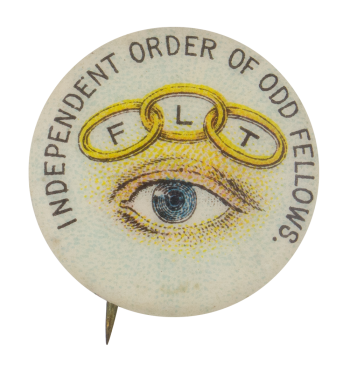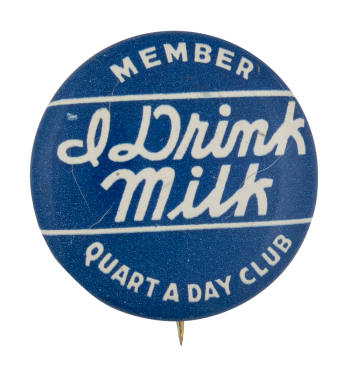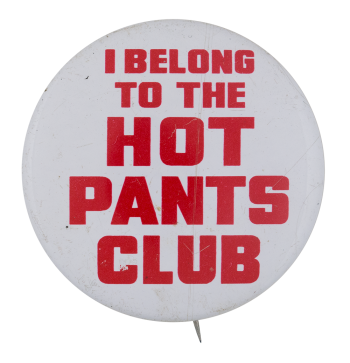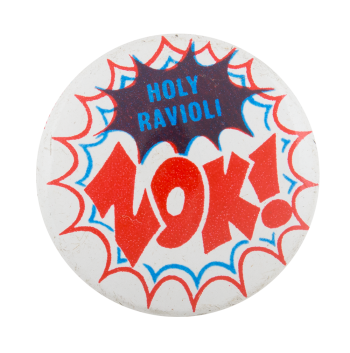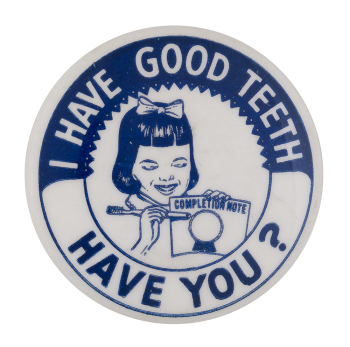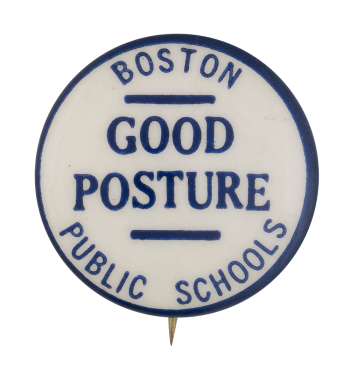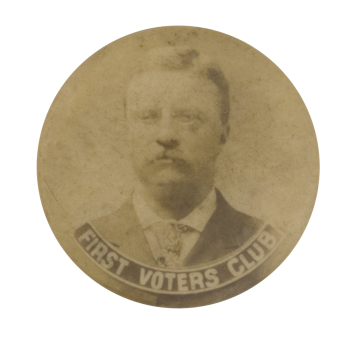Independent Order Of Odd Fellows
| Category | |
|---|---|
| Additional Images | |
| Sub Categories | |
| Text on Button | INDEPENDENT ORDER OF ODD FELLOWS. FLT |
| Image Description | Three interlocked gold chain links containing the letters F, L, T on white background. Beneath the chain is a blue eye. Black text on upper edge. |
| Back Paper / Back Info |
American Pepsin Gum Co. Buttons made by the Whitehead & Hoag Co. Newark N.J. Patent July 17, '94 April 14, '96, July 21, 1896 |
| Curl Text | Pat. July 21, 1896 |
| Back Style | |
| The Shape | |
| The Size | |
| Year / Decade Made | |
| The Manufacturer | |
| Additional Information | The Independent Order of Odd Fellows was founded in Baltimore, Maryland, on April 26, 1819. The movement originated in Great Britain and was a response to the harsh conditions of the time. The Oddfellows came together under the common commitment to take care of one's fellow man and provide aid to those in need. They are also known as "The Three Link Fraternity" which stands for Friendship, Love and Truth, represented by the three gold chain links on the button. The back paper of this button was used as an advertisement for the American Pepsin Gum Co. This button was a give-away button from American Pepsin Gum Company. Many gum manufactures in the late 1800's used pepsin powder in their chewing gum and marketed it as a way to aid in digestion. Pepsin was thought to settle stomach issues and help people with digestive concerns. |
| Catalog ID | CL0027 |

